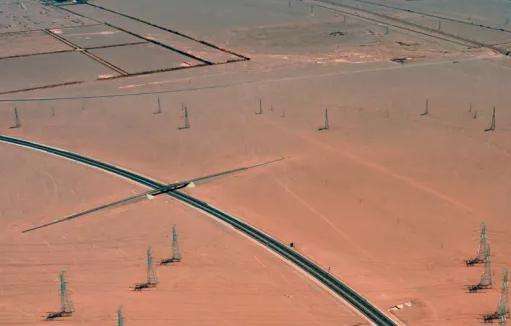1: Favorable conditions, wind resources are relatively stable. The wind direction and speed are relatively stable, and the turbulence intensity is low. There are fewer transportation restrictions and fewer lifting restrictions, which is more conducive to the installation of large wind turbines.
2: Unfavorable conditions, difficult infrastructure installation, and prominent anti-corrosion issues. Wind farm wiring is difficult. Wind farm maintenance and transportation difficulties
The maximum power of wind turbines in the area reaches 16 megawatts.
Internationally, the maximum power of offshore wind turbines has reached 16 MW. This is achieved with the MySE16.0 to 242 wind turbines launched by Mingyang Intelligent Electric Company in Zhongshan City, Guangdong Province, China. A wind turbine is a device that converts wind energy into electrical energy and is mainly composed of blades, generators, mechanical components and electrical components.
Based on the different rotation axes, wind turbines are mainly divided into two types: horizontal axis wind turbines and vertical axis wind turbines. Horizontal axis wind turbines currently occupy the mainstream position in the market.
The tower of this wind turbine is 264 meters high, the blades are 118 meters long, and the total height can reach 382 meters, which is equivalent to the height of a 127-story building. Its impeller sweep area can reach 46,000 square meters. , comparable to 6.5 football fields, there is no doubt that it is a real wind turbine giant.
This kind of offshore wind turbine is mainly installed on coastal oceans. It can withstand the wind attacks of super typhoons, and the base and body can withstand the impact of larger waves.














